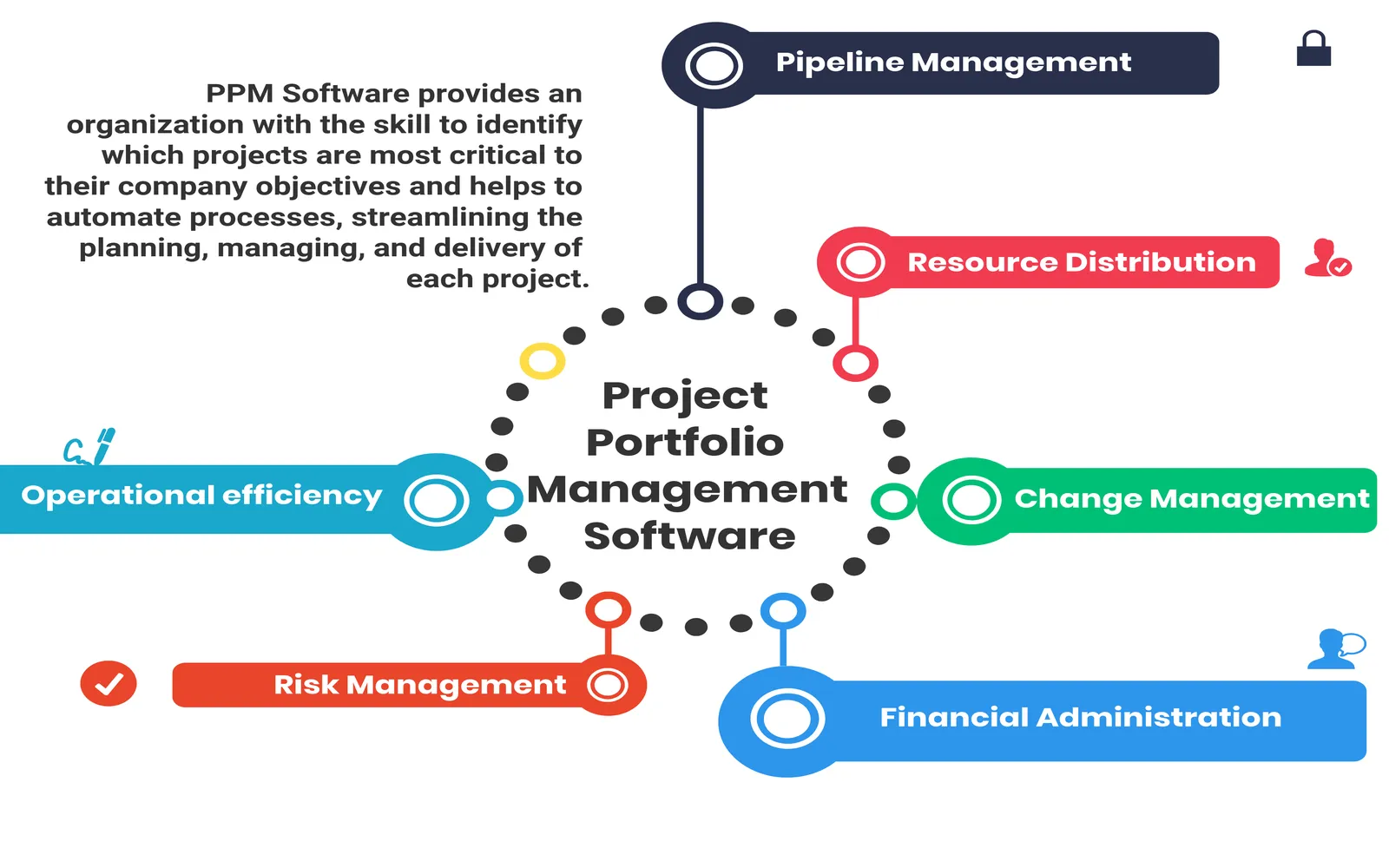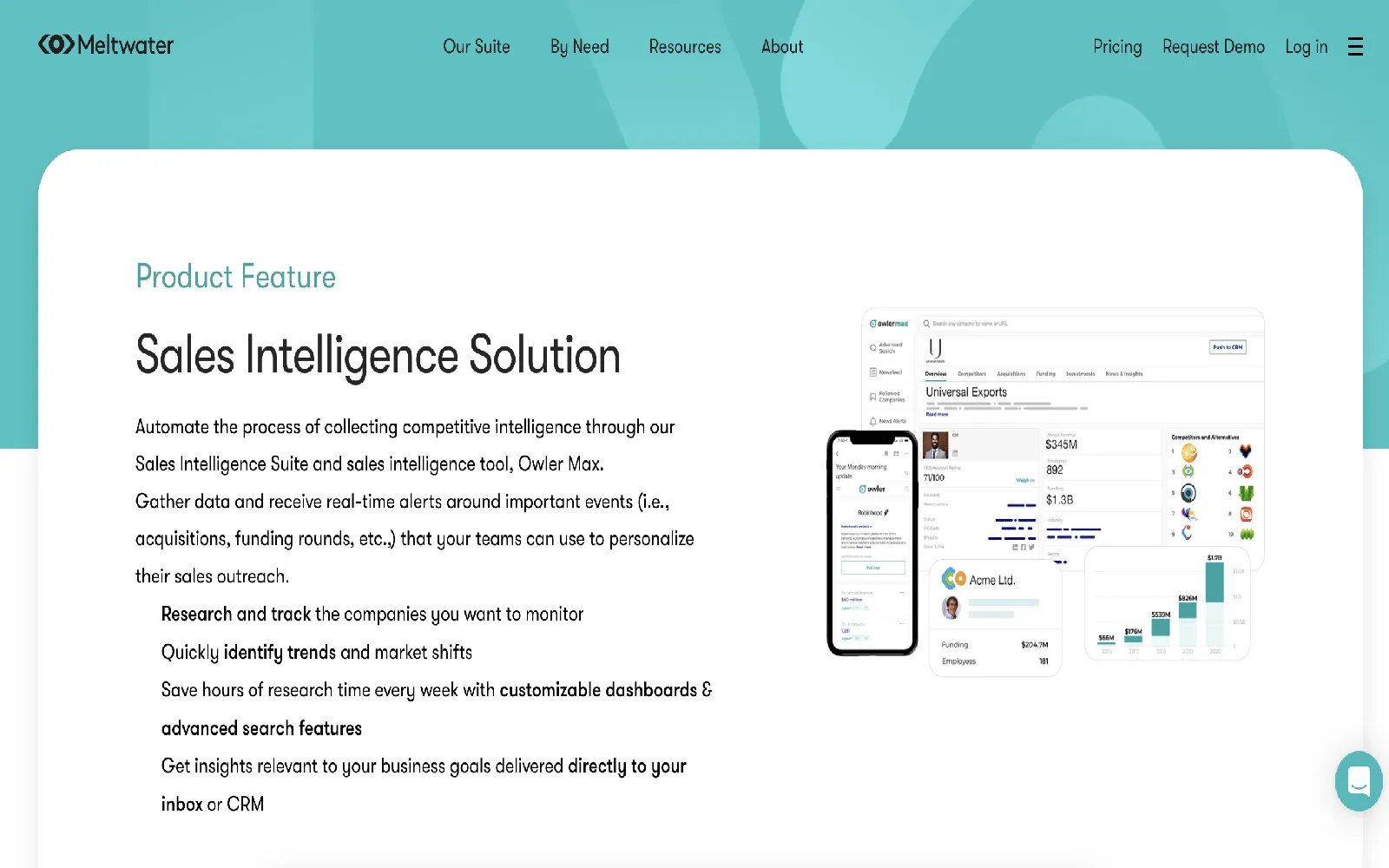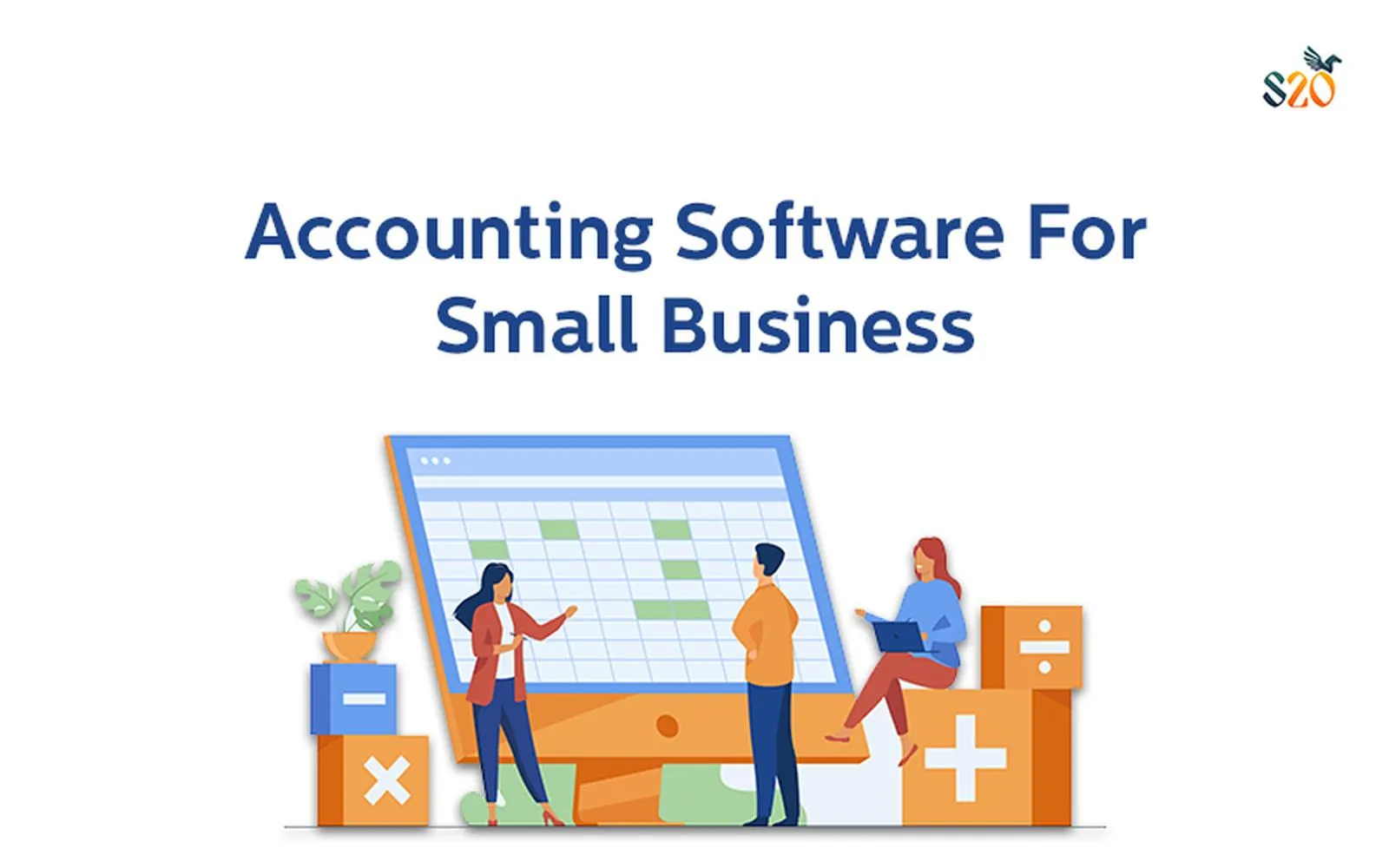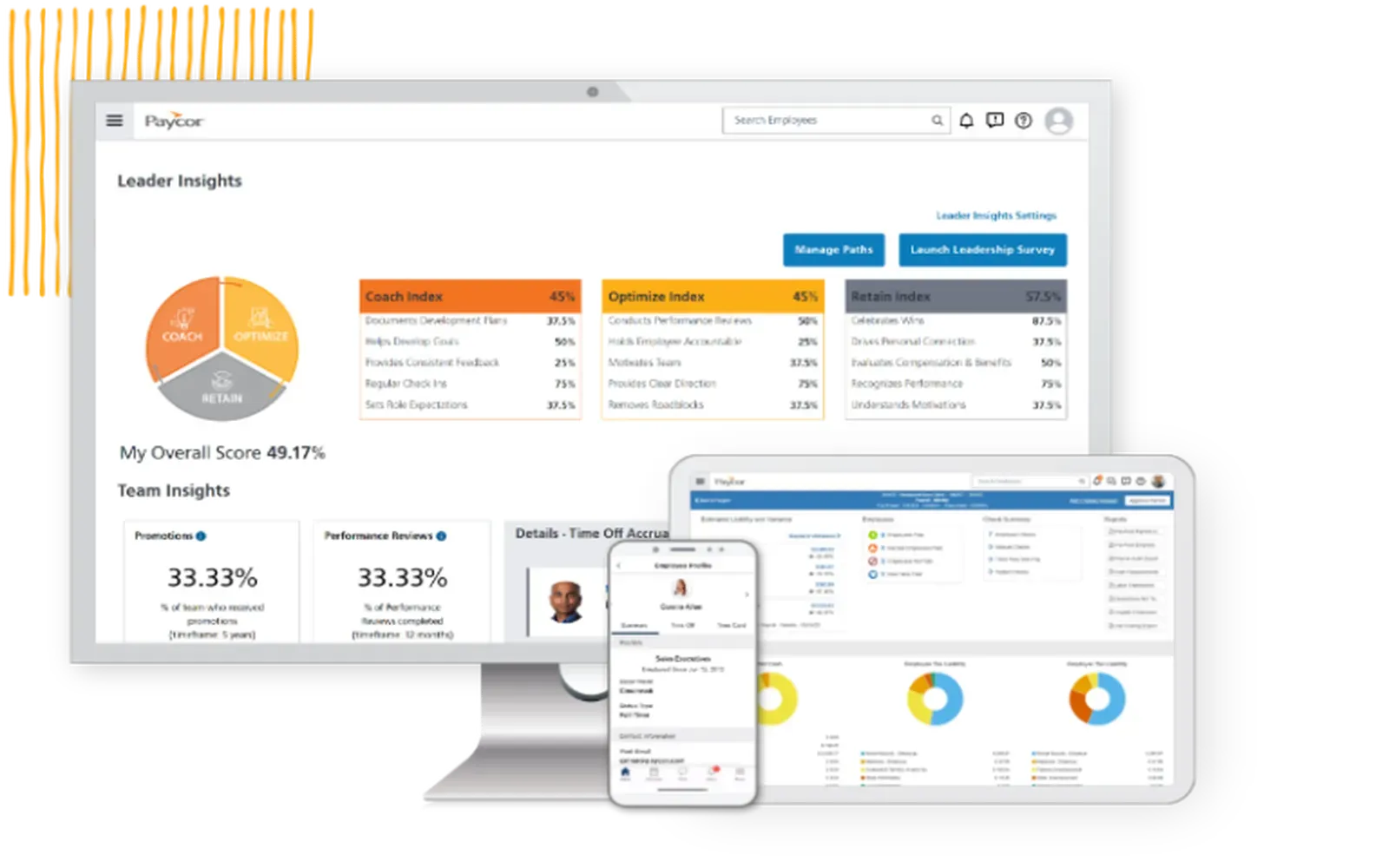Best EMR & EHR Software for Healthcare Providers in 2025
In the rapidly advancing world of healthcare, the use of Electronic Medical Records (EMR) and Electronic Health Records (EHR) software has become a cornerstone of modern medical practices. These systems help healthcare providers streamline patient care, improve accuracy, and enhance operational efficiency. This article will explore the best EMR & EHR software for 2025, examining their features, benefits, and drawbacks.
What is the Difference Between EMR and EHR?
Before diving into the best software options, it’s important to understand the key differences between EMR and EHR:
- EMR (Electronic Medical Record): This is a digital version of the paper charts in a clinician’s office. It contains the medical and treatment history of the patients within one practice.
- EHR (Electronic Health Record): An EHR is a more comprehensive record that includes all the information of a patient from multiple healthcare providers. EHRs are designed to be shared across different health systems, offering a more complete and connected view of a patient's medical history.
Best EMR & EHR Software for 2025
There are several options available for healthcare providers when selecting EMR/EHR software. The best choice depends on factors such as functionality, ease of use, customization, and integration with other systems. Below is a list of the top EMR/EHR software for 2025:
1. Epic Systems
Epic is a dominant player in the EMR/EHR software market, widely used in large hospitals and health organizations. It provides a comprehensive, user-friendly platform that includes patient management, scheduling, billing, and clinical records.
| Feature | Details |
|---|---|
| Specialties | General practice, hospitals, specialty care |
| Key Features | Patient portal, mobile access, patient care coordination, billing |
| Pros | Robust integration, scalability, strong support for large organizations |
| Cons | Expensive, complex setup |
Why it’s great: Epic is highly customizable and supports a wide range of specialties, making it ideal for large medical organizations that require comprehensive functionality and data interoperability.
2. Cerner
Cerner is another leading EMR/EHR solution provider. Known for its cloud-based technology, Cerner offers a range of products that provide a complete solution for managing patient records, improving workflows, and ensuring compliance.
| Feature | Details |
|---|---|
| Specialties | Hospitals, clinics, long-term care facilities |
| Key Features | Data analytics, patient engagement tools, cloud-based storage |
| Pros | Cloud-based solution, user-friendly interface |
| Cons | Can be costly for small practices, requires ongoing updates |
Why it’s great: Cerner’s cloud-based solutions offer excellent scalability and flexibility for organizations of various sizes. Its strong data analytics capabilities allow for actionable insights, improving clinical decision-making.
3. Athenahealth
Athenahealth is a cloud-based EHR/EMR software that offers a range of features, including patient scheduling, billing, and clinical documentation. Its intuitive interface and ease of use make it popular among small to medium-sized practices.
| Feature | Details |
|---|---|
| Specialties | Family practice, dermatology, cardiology |
| Key Features | Cloud-based, appointment scheduling, revenue cycle management, patient portal |
| Pros | Quick implementation, easy-to-use interface, cloud-based |
| Cons | Limited customization, reporting can be more detailed |
Why it’s great: Athenahealth offers one of the most streamlined solutions for small to medium-sized practices. Its cloud-based model reduces upfront costs and is easy to implement, making it a go-to option for smaller practices.
4. Allscripts
Allscripts offers robust EHR/EMR solutions that cater to both large and small practices. Known for its integration capabilities, Allscripts ensures seamless communication between different healthcare providers.
| Feature | Details |
|---|---|
| Specialties | General practice, behavioral health, long-term care |
| Key Features | Interoperability, patient engagement, clinical decision support |
| Pros | Easy integration with third-party applications |
| Cons | Customer service can be slow, interface can be clunky |
Why it’s great: Allscripts is well-suited for healthcare organizations that need to integrate with various third-party systems. Its strong interoperability features make it a top choice for healthcare networks with multiple providers.
5. NextGen Healthcare
NextGen offers a powerful EMR/EHR solution designed for small to medium-sized practices. The software focuses on improving both clinical and administrative workflows, from patient documentation to billing.
| Feature | Details |
|---|---|
| Specialties | Pediatrics, ophthalmology, dermatology |
| Key Features | Patient portal, scheduling, mobile access, reporting tools |
| Pros | User-friendly, customizable, excellent support |
| Cons | Some features may be redundant for smaller practices |
Why it’s great: NextGen is an excellent choice for practices looking for a highly customizable EHR solution. Its ease of use and focus on both clinical and administrative tasks make it a reliable option for improving practice workflows.
Comparing Key Features
Here’s a quick comparison of the key features of the top EMR/EHR systems:
| Software | Cloud-Based | Patient Portal | Mobile Access | Billing Features | Customization |
|---|---|---|---|---|---|
| Epic Systems | Yes | Yes | Yes | Yes | High |
| Cerner | Yes | Yes | Yes | Yes | Moderate |
| Athenahealth | Yes | Yes | Yes | Yes | Moderate |
| Allscripts | Yes | Yes | Yes | Yes | High |
| NextGen | Yes | Yes | Yes | Yes | High |
Conclusion
Choosing the right EMR/EHR software for your healthcare practice is crucial for improving patient care, ensuring compliance, and optimizing operational efficiency. While larger hospitals may benefit from the robust and integrated solutions offered by Epic or Cerner, smaller practices or those looking for ease of use may find Athenahealth or NextGen more suitable. Allscripts and Cerner are strong contenders for organizations that require seamless interoperability across multiple systems.
Ultimately, the best EMR/EHR software will depend on the unique needs of your practice, including size, specialties, and budget. Each of these solutions offers comprehensive features designed to streamline patient care and improve the overall healthcare experience for both providers and patients.
Explore

Best Managed IT Service Providers for 2025

Top Network Security and Monitoring Software

Best Project Portfolio Management Software: A Comprehensive Guide

Best Sales Software for Small Businesses in 2025

Best Small Business Accounting Software in the USA (2025)

Best Enterprise Software Solutions of 2025

What Is Payroll Software and Why Your Business Needs It

The Importance of Hiring the Best Criminal Defense Attorney
